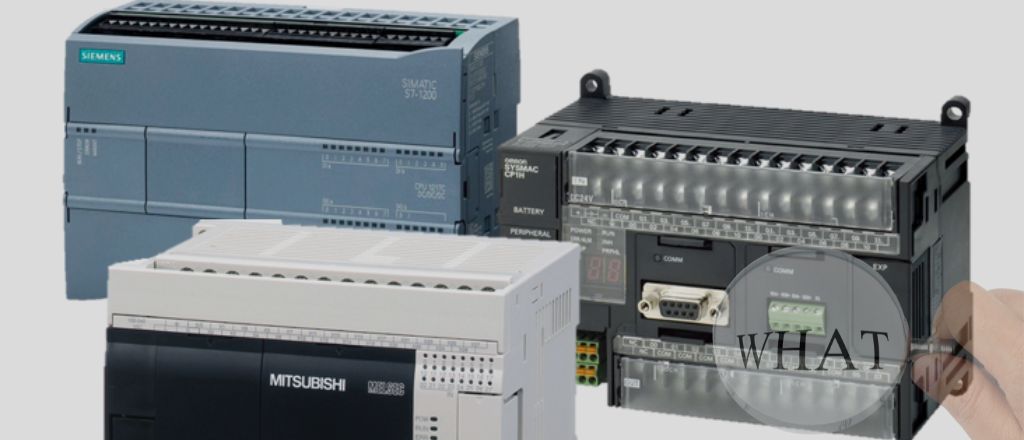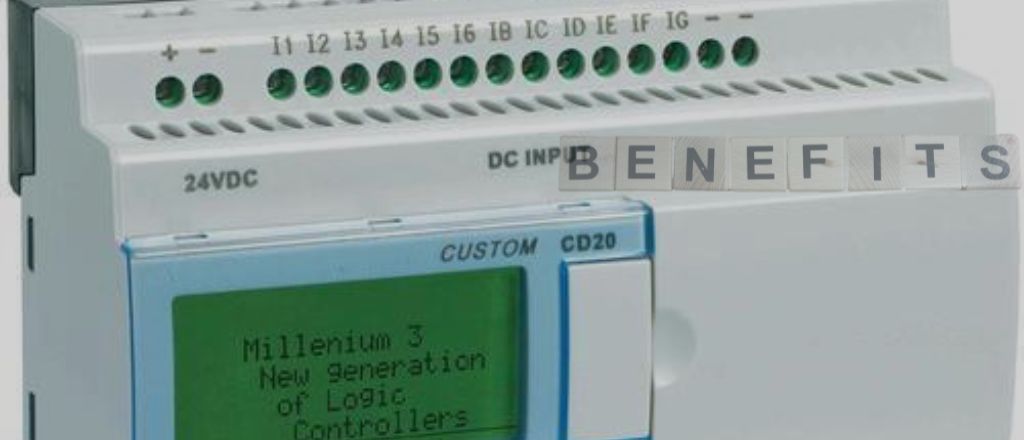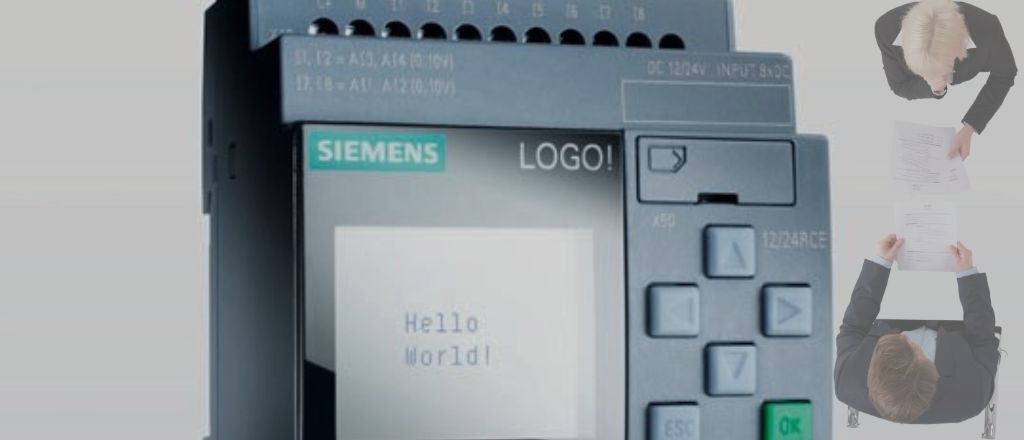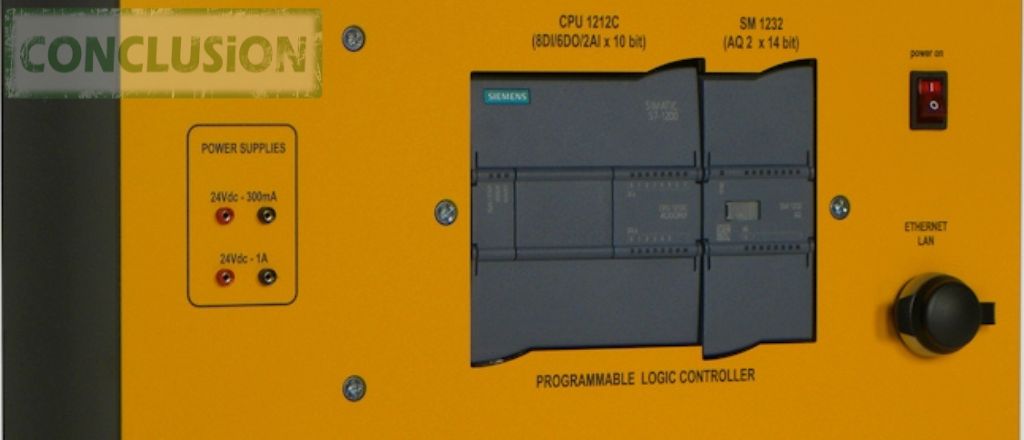A programmable logic system is a control system that uses programmable logic controllers (PLCs) to automate processes and manage machinery based on predefined logic and instructions.
Programmable logic is at the heart of modern automation systems, transforming industries' operations and ensuring seamless functionality across diverse applications. As industries strive for efficiency, precision, and scalability, PLCs emerge as indispensable tools. To understand their significance, let's delve into the fundamentals and benefits of these systems.
Programmable Logic What It Is and How It Works

Programmable systems refer to the instructions and operations designed to perform specific tasks or processes. Within PLCs, it serves as the decision-making element that determines how machines and systems interact with their environment.
Overview of Programmable Logic in PLCs
Automated control systems are widely used across various industries, demonstrating their versatility and effectiveness. In manufacturing, these systems manage assembly lines, packaging processes, and oversee quality control operations. Utility companies regulate water treatment facilities, monitor energy distribution, and track environmental conditions.
In the automotive sector, automation ensures precise management of robotic welding, painting, and assembly tasks. The food and beverage industry relies on automation to maintain consistency in production processes, such as controlling cooking temperatures or packaging speeds. Additionally, automation in smart buildings improves energy management, lighting regulation, and security monitoring.
The flexibility of automated systems extends to transportation, where they control traffic signals, manage rail networks, and coordinate airport baggage handling. In healthcare, these systems are used in automated diagnostic tools and surgical robotics, showcasing their potential to revolutionize critical applications.
How Programmable Logic Drives Automation
Automation is powered by control systems that provide the intelligence necessary to manage mechanical and electrical processes. These systems enable machines to make decisions based on sensor data, preset conditions, and real-time inputs. For example, in manufacturing, a PLC might monitor conveyor belt speeds, adjust robotic arm movements, and control temperature levels, all through preconfigured instructions.
This approach ensures consistency, accuracy, and repeatability in operations. By processing inputs and generating outputs in milliseconds, PLCs help systems run efficiently. Moreover, these control systems integrate with advanced technologies like Internet of Things (IoT) devices and Human-Machine Interfaces (HMIs), creating powerful automation ecosystems.
Benefits of Programmable Logic

The adoption of automated control systems in industrial automation yields numerous advantages. These benefits span various operational needs, from enhancing efficiency to enabling innovative applications.
Flexibility and Efficiency in Automation
Automated control systems offer unmatched flexibility in industrial applications. Engineers can modify and optimize operational sequences without extensive hardware changes, making it easier to adapt to new production demands or technological advancements. For instance, an automotive assembly line can reprogram controllers to accommodate new vehicle models without overhauling the system.
Efficiency is another key strength of automated systems. These systems help industries achieve higher productivity by streamlining processes, reducing manual intervention, and minimizing downtime, surpassing the efficiency of traditional manual methods. Their ability to operate continuously and handle intricate tasks ensures that businesses meet tight production schedules while maintaining quality standards.
Real-World Applications of Programmable Logic
Automated control systems have applications across a wide range of industries, showcasing their versatility and impact. In manufacturing, controllers manage assembly lines, packaging processes, and monitor quality control systems. Utility companies regulate water treatment plants, oversee energy distribution, and track environmental conditions.
In the automotive industry, automated control enables precise management of robotic welding, painting, and assembly operations. The food and beverage sector ensures consistency in production lines, such as maintaining specific cooking temperatures or packaging speeds. Additionally, integrating automation in smart buildings enhances energy management, lighting control, and security systems.
The adaptability of automated systems extends to transportation, where they manage traffic signals, rail systems, and airport baggage handling. In healthcare, such systems are used in automated diagnostic machines and surgical robots, demonstrating their potential to transform critical applications.
Expert Insights: An Interview with Trevor Blevins

We spoke with Trevor Blevins, a seasoned expert in industrial automation and PLC systems, to gain deeper insights into control systems and their role in automation.
Interviewer: Trevor, explain why these systems are critical in today's industries.
Trevor Blevins: Absolutely. These systems are essential because they allow industries to automate processes precisely and adaptably. Unlike older control methods, they offer customization and scalability, which are vital to meeting modern production demands. Whether in manufacturing, energy management, or even healthcare, PLCs bring reliability and speed to complex operations.
Interviewer: How do you see these systems shaping the future of automation?
Trevor Blevins: The future lies in more intelligent and interconnected systems. These systems are evolving to integrate seamlessly with IoT devices, cloud computing, and AI. This combination enables predictive maintenance, real-time monitoring, and even autonomous decision-making in industrial settings. As technology progresses, we'll see PLCs becoming more integral to creating fully automated and self-optimizing environments.
Interviewer: Can you share a real-world example where these systems made a significant impact?
Trevor Blevins: One example that comes to mind is a water treatment facility I worked with. The facility was struggling with outdated manual controls that caused inefficiencies and downtime. By implementing PLCs with advanced automation, we automated the entire process—from monitoring water quality to adjusting chemical levels dynamically. The result dramatically improved efficiency, cost savings, and environmental compliance.
Interviewer: What advice would you give to engineers working with PLCs for the first time?
Trevor Blevins: Start by understanding the fundamentals of control system design and how it applies to the specific processes you're working on. Familiarize yourself with programming languages like ladder diagrams and function block diagrams. Additionally, keep scalability in mind—always design systems that can adapt to future changes. And most importantly, never underestimate the value of testing. Simulate and troubleshoot your programs extensively before deploying them in a live environment.
Conclusion

Programmable logic in PLCs has redefined automation by providing intelligent, efficient, and adaptable solutions for industrial and commercial processes. Its ability to streamline operations, enhance productivity, and support diverse applications makes it a cornerstone of modern engineering. As industries continue to embrace technological advancements, the role of programmable logic will expand, driving innovation and shaping the future of automation.
Through insights from experts like Trevor Blevins, it's clear that programmable logic not only meets the demands of today but also sets the stage for tomorrow's groundbreaking advancements in automation.
Frequently Asked Questions
The three types of PLC are:
- Compact PLC: A single integrated unit with limited input/output.
- Modular PLC: A flexible system with separate modules for inputs, outputs, and processors.
- Rack-mounted PLC: A large system designed for complex processes with a rack-based architecture.
Examples of programmable logic include controlling assembly lines, managing robotic arms, regulating temperature in manufacturing, and automating packaging processes.
Yes, PLCs are still widely used in industries like manufacturing, automotive, and energy for automating complex tasks and improving operational efficiency.

